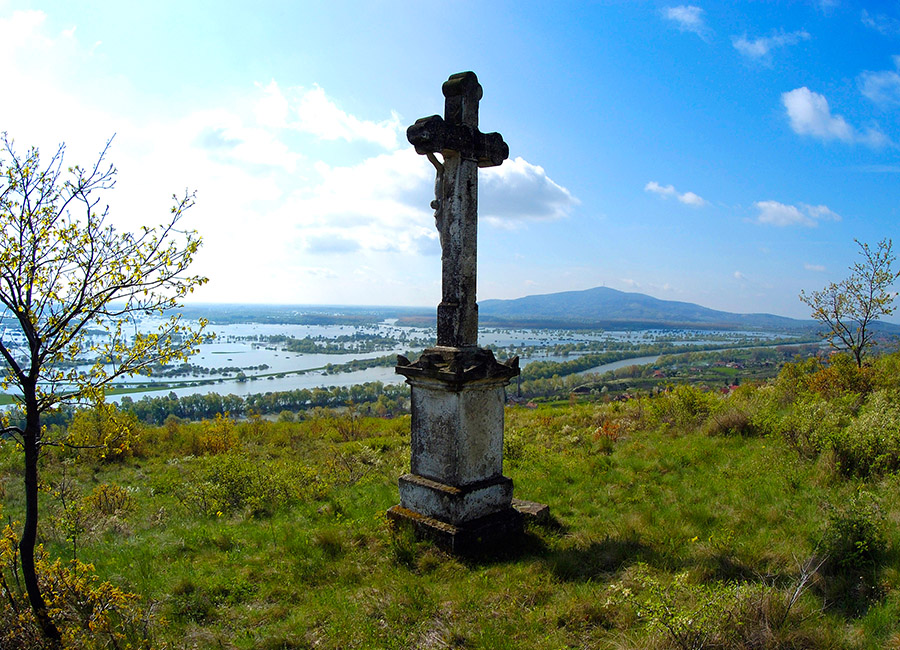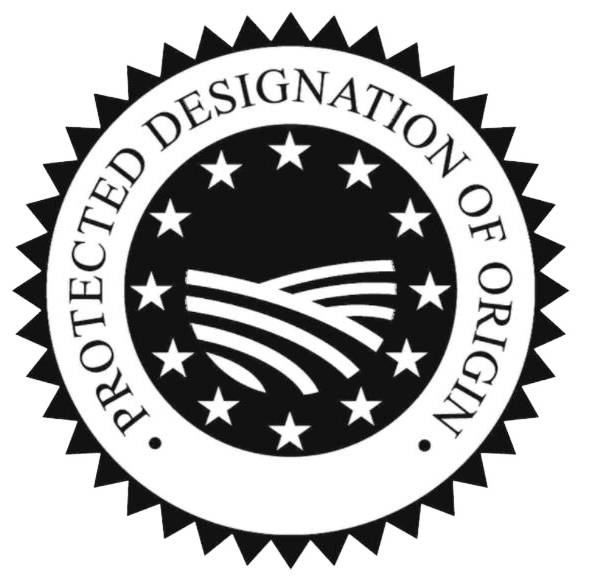INTRODUCING
TOKAJ
Tokaj Wine Region, the most famous and celebrated of them all, is but two hours’ drive from Budapest and just an hour from the nearby cities of Miskolc, Debrecen and Košice (Slovakia). You can come by train, but as it’s a rural area it’s easier to get about the region by car. Here you will find around a hundred wineries that produce excellent wines, retaining some of the local winemaking traditions, innovating where necessary. This is a dynamically developing wine region.
The richness and diversity of Tokaji wines is rooted in the volcanic soils of the region that developed over millions of years. Rich in minerals, the soils impart Tokaji wines with their distinctive aromas and flavours.

WHAT IS PDO?
Protected designation of origin (PDO)
Product names registered as PDO are those that have the strongest links to the place in which they are made.
The label PDO (protected designation of origin) identifies a product that originates in a specific place, region or country, the quality or characteristics of which are essentially or exclusively due to a particular geographical environment with its inherent natural factors (raw materials, environmental characteristics, location) and human factors (traditional and craft production) and the production, transformation and elaboration phases of which all take place in the defined geographical area, in respect of rigid production regulations established in the procedural guidelines of production.
Tokaji wines registered as PDO are those that have the strongest links to the place in which they are made.

MILESTONES
“THE WINE OF KINGS, THE KING OF WINES!”
Here are a few key stages in history of Tokaj – the journey begins at the dawn of the second millennium…
1074
1074
1074
1283
1283
1571
1571
1571
1611
1611
End of the 17th century
End of the 17th century
End of the 17th century
1760
1760
1720s
The world’s first vineyard classification
1720s
1737
Royal Charter: demarcation and appellation control
1880s
The phylloxera plague reaches Tokaj
1880s
1886
First international trial concerning the Tokaj brand
1920
Hungary breaks apart
1920
1950s
Communist takeover
During the Communist era Tokaj moved to mass production and the standard of winemaking practices declined. As quantity was set before quality, Tokaji wines fell into oblivion on the international scene.
Our grandfather could not identify with the industrial scale production during Communism and decided he was only willing to create premium quality wines for his family and friends. The research and experimentation that is an intrinsic part of quality was instilled in us right from being small children.
1990s
1990s
1990s
2000s
2000s
2002
Tokaj is declared a UNESCO World Heritage Site
2002
2013
The Bai sister and brother founded the Carpinus family winery.
Stricter winemaking rules are introduced in the region that support higher values in Aszú making and regulate the production of Pezsgő (sparkling wine). In order to focus on premium quality for both wine styles, the 3 and 4 puttonyos Aszú was abolished and from that vintage onwards only Pezsgő in bottles made using the methode traditionelle were allowed.



